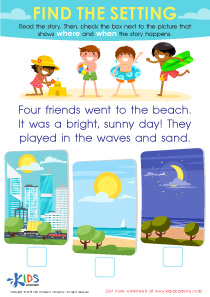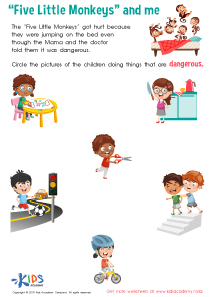Letter recognition Easy Reading Worksheets for Ages 3-4
3 filtered results
-
From - To
Discover the fun of learning with our Letter Recognition Easy Reading Worksheets designed specifically for ages 3-4! These engaging worksheets help young learners identify and understand letters while developing crucial early reading skills. Filled with colorful illustrations and interactive activities, your little ones will enjoy tracing, circling, and matching letters in a playful environment. Each worksheet promotes creativity and critical thinking, making letter learning exciting and effective. Perfect for preschool or at-home learning, our resources ensure your child builds a strong foundation in literacy. Start your child's reading journey today and make learning letters a joyous experience!
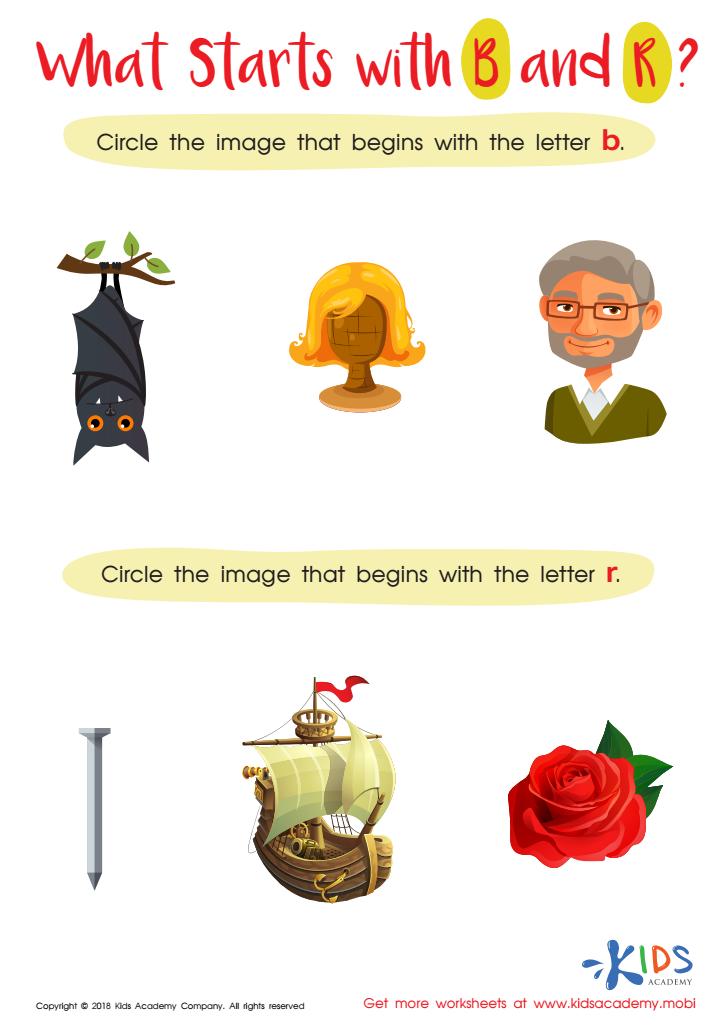

What Starts with B and R? Worksheet
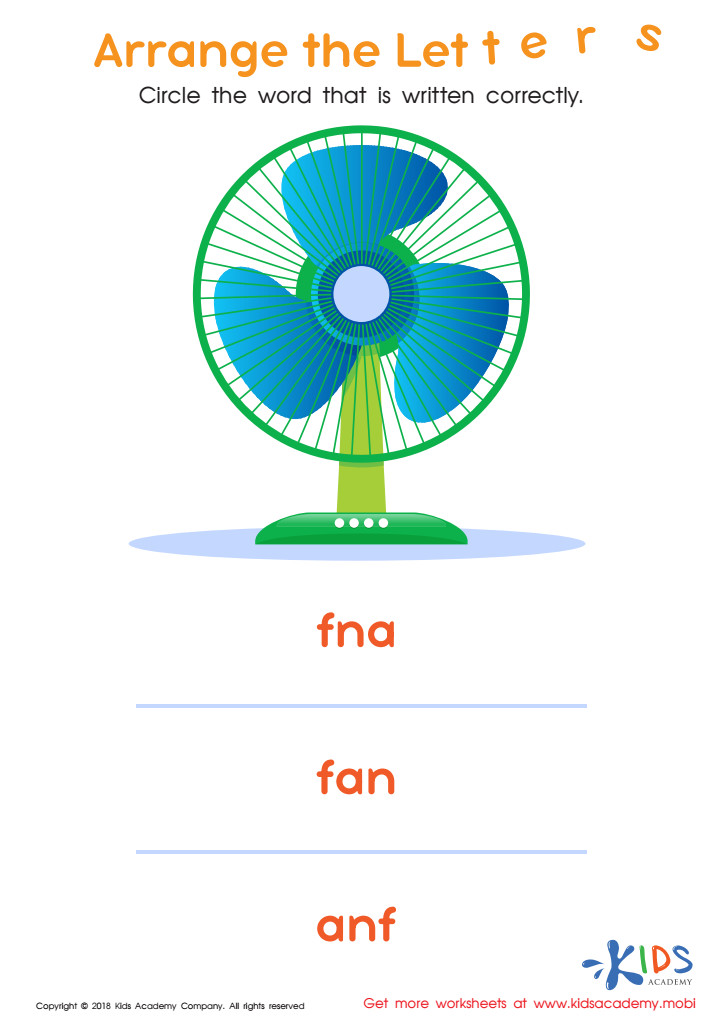

Arrange the Letters Worksheet


Front of the Book Worksheet
Parents and teachers play a crucial role in fostering early literacy skills, and letter recognition is a foundational aspect of this process for children ages 3-4. Recognizing letters is the first step in understanding written language and is essential for reading development. When children are able to identify letters, they become more aware of the connection between sounds and symbols, which is vital for phonics—a key component of effective reading instruction.
Moreover, promoting letter recognition can enhance children's cognitive and language skills. Engaging with letters through playful activities—such as songs, rhymes, and interactive games—helps to make learning enjoyable and meaningful. These fun experiences also encourage curiosity and confidence in young learners as they begin to navigate the world of written communication.
Additionally, early letter recognition can predict later reading success. Research shows that children who master letter names and sounds in preschool are more likely to become proficient readers in later grades. Therefore, enhancing letter recognition skills in this age group not only supports immediate learning but also lays the groundwork for long-term academic achievement. Investing time in this foundational skill ultimately benefits children's literacy journey, making it a crucial focus for both parents and educators.

 Assign to My Students
Assign to My Students





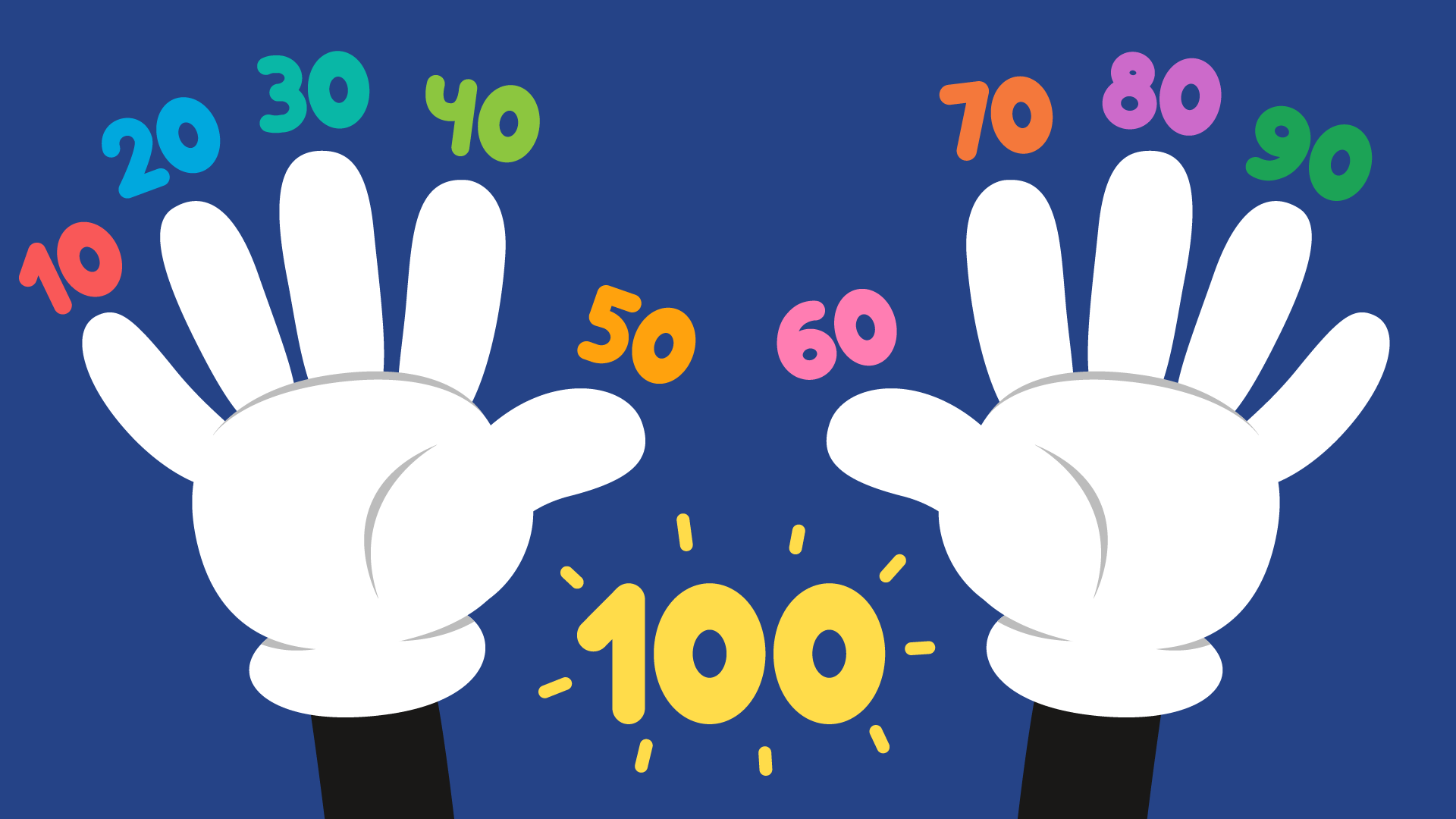
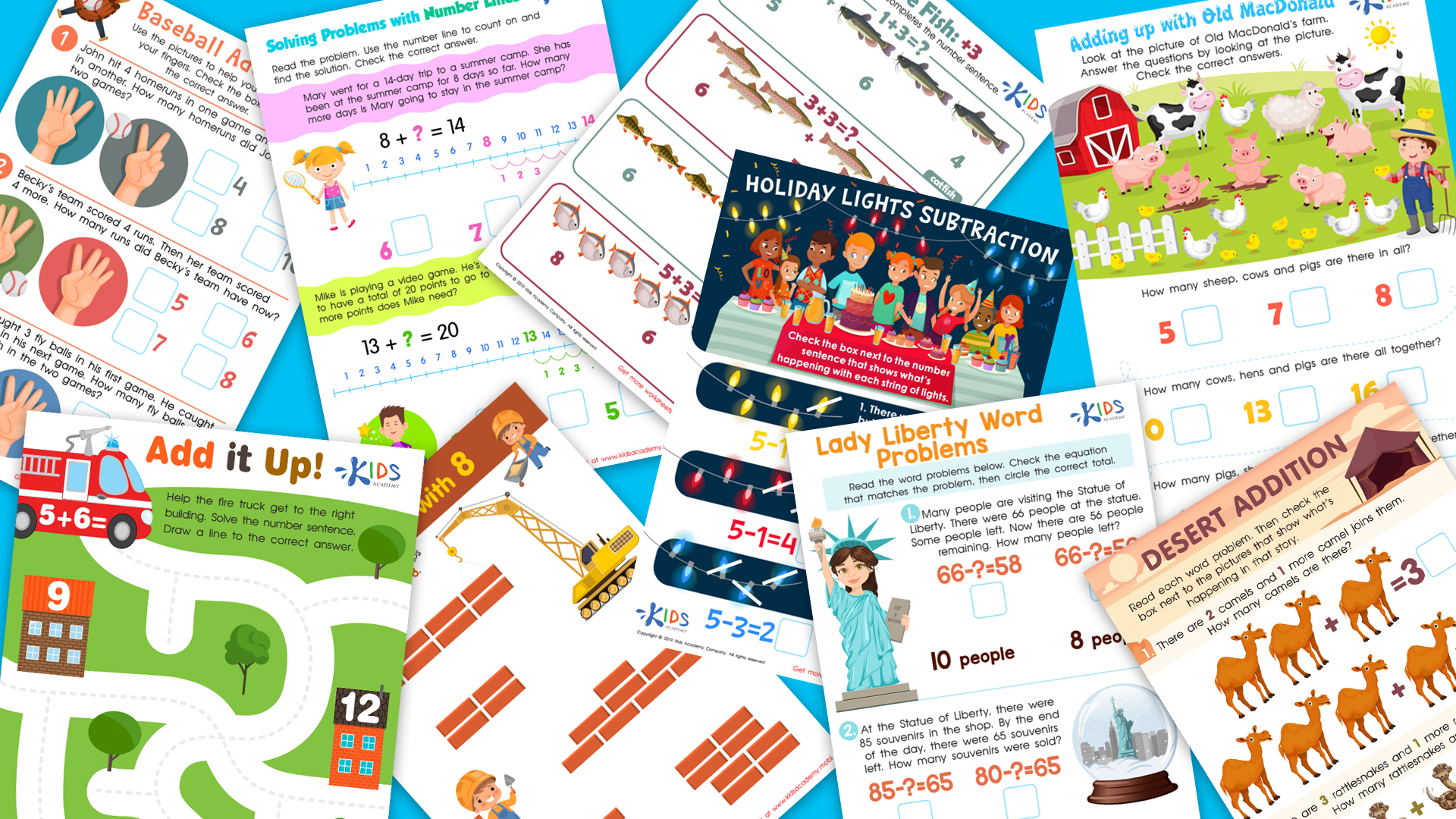

.jpg)

